Common Reasons for Commercial Deep Fryer Repairs
- By Admin
- •
- 05 Nov, 2018
- •
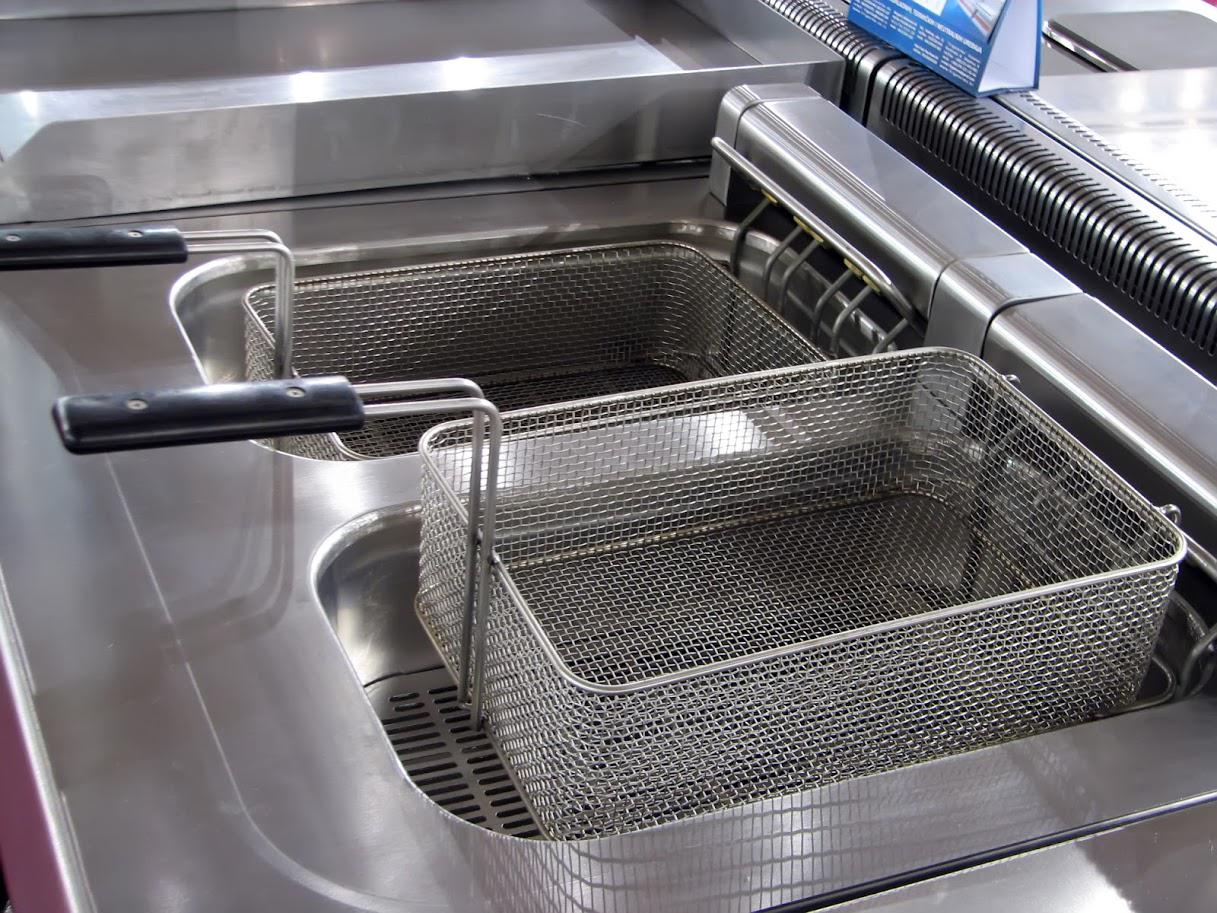
The deep fryer is among the most important workhorses in a commercial kitchen. Problems with the fryer can slow down food preparation and lose you money, especially if deep-fried foods are a major revenue earner for your facility.
If the performance of your deep fryer is less than optimal or the appliance will not work at all, you might be wondering what the problem is. Here are common issues that affect commercial deep fryers.
Broken Thermopile
The thermopile is the deep fryer's heating element. This device converts thermal heat into electric energy, which heats the oil in the fryer. Busy commercial kitchens heat up large quantities of oil for long periods, and this can take a toll on the thermopile.
The thermopile is part of the pilot light. The pilot light is a small gas flame that makes igniting a gas burner easier. A worn thermopile will be unable to convert thermal heat from the pilot light into electrical energy, and therefore, the fryer oil will not heat.
The most common sign of a broken thermopile is a pilot light that will either not go on or will not stay lit. A qualified technician can replace a worn thermopile and fix other possible problems with the pilot light.
Blocked Burners
Grease buildup, food particles, dust, and debris can clog burner orifices. Burners that will not light up at all or those that light up only partially or irregularly might have blocked orifices.
To unblock clogged burners, use a stiff brush over the burners to remove particles or debris that may be jamming the orifices. If the burners still produce fluctuating flames after you brush them, the problem could be low or inconsistent gas pressure. If the fuel supply is adequate, damaged fuel lines could be the reason why the fryer burners do not ignite.
Do not attempt to fix fuel lines on your own. Ask your technician to assess your fryer for potential problems with the fuel supply lines.
Faulty Thermostat
The thermostat regulates fryer oil temperatures. As the heating element delivers the requisite heat to the fryer basket, the thermostat monitors this heat transfer and cuts off the process when the oil attains a certain temperature. This mechanism ensures that the oil remains at the set temperature based on the food you are preparing.
A faulty thermostat will allow the oil to overheat, resulting in undesirably crispy food. Alternatively, the oil may not heat to the desired temperature, which can result in oil-drenched or soggy food.
Faults with the thermostat may be due to incorrect calibration or disconnected wires. You can fix this simply by reconnecting the wire or resetting the thermostat. If the problem does not resolve, the thermostat may need replacing. Let a qualified technician install a new thermostat for your fryer.
Malfunctioned High Limit Switch
In addition to a faulty thermostat, a defective high-temperature limit switch could also prevent the fryer oil from heating to the desired temperature.
The high-temperature limit switch monitors the fryer temperature and conveys this information to the thermostat, which then turns the heating element on or off based on the set temperature limits.
A bad high-temperature switch limit will fail to detect when the fryer temperature exceeds the set limit and this information will therefore not be available to the thermostat, which regulates the fryer temperatures. Replacing a faulty high-limit switch should solve the problem.
Preventative maintenance can extend the service life of your deep fryer and mitigate costly downtimes. While some fryer repairs may be straightforward, consider leaving extensive repair and replacement work to a reputable technician.
Whether you want to fix your deep fryer or you need a preventative maintenance plan for your restaurant equipment, you can trust the experts at Golden State Equipment Repair. Give us a call today to discuss your needs.
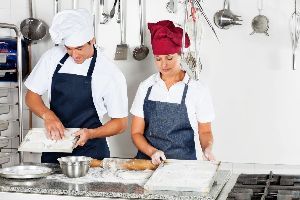
Convection ovens can lose their efficiency if they are not properly maintained over time. This loss in efficiency could compromise the quality of the foods that you are feeding to your customers, and it could affect the reputation of your business.
If you want to ensure that your kitchen continues to function well into the future, then don't overlook regular maintenance when caring for your commercial convection oven.
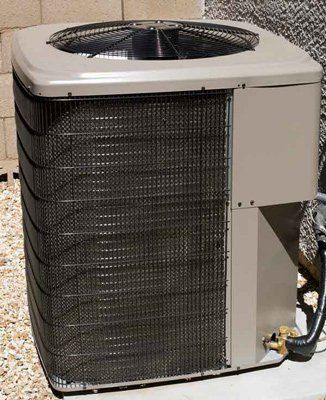
Commercial buildings require much more intensive HVAC systems than their residential counterparts, thanks to the larger spaces involved and greater numbers of people to keep comfortable. The cooling needs of restaurants tend to be even greater still, thanks to all of the excess heat generated inside of a commercial kitchen, as well as the power needed to keep walk-in refrigerators cool.
For this reason, many restaurant owners decide to err on the safe side and install the most powerful air conditioning system they can find. Unfortunately, this tactic can often result in unanticipated problems. If you would like to learn more about why a correctly-sized HVAC system will be better in the long run, read on. This article will discuss three problems an oversized air conditioner can create.
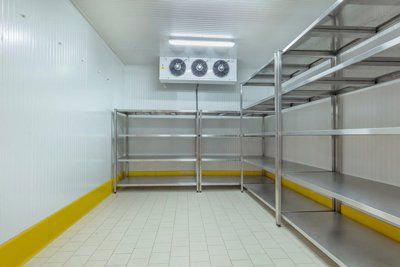
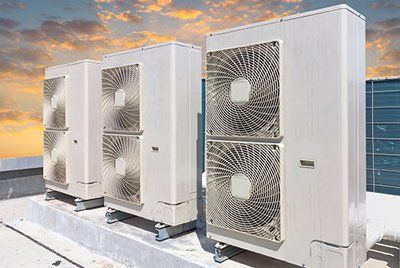
Most businesses rely heavily on their furnace and air conditioner to keep their building comfortable for staff and customers. You should keep your HVAC system up to date to maintain a good reputation and encourage clients or customers to return.
For this reason, you need to recognize the signs that your HVAC system needs to be replaced. The following six warning signs can help you decide whether or not it's time to replace your commercial A/C and furnace.
Here are a few problems that can arise with a commercial walk-in freezer and the reasons why you should have them remedied as quickly as possible.
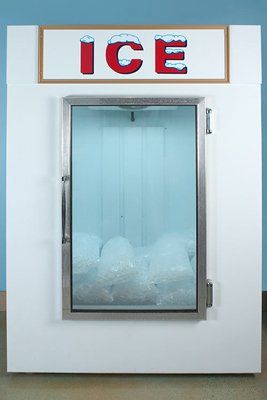
If you own or manage a restaurant or other food service establishment, an ice machine is an essential piece of equipment for your operations and will undoubtedly be one of your first purchases. However, before you buy an ice machine, take time to learn about the various options available to you.
Below is some helpful information about the different types of ice machines as well as ice cube types.
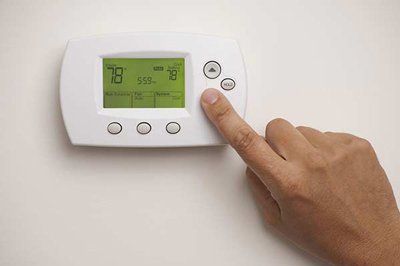
Energy waste is a costly problem for many businesses. On average, close to one-third of the energy used in a commercial structure is wasted.
Much of that loss occurs because practices related to heating and cooling the building. This means business owners can greatly reduce waste by rethinking how they view and utilize those systems.
Below are 3 ways that business owners can drastically cut their heating and cooling bills.







